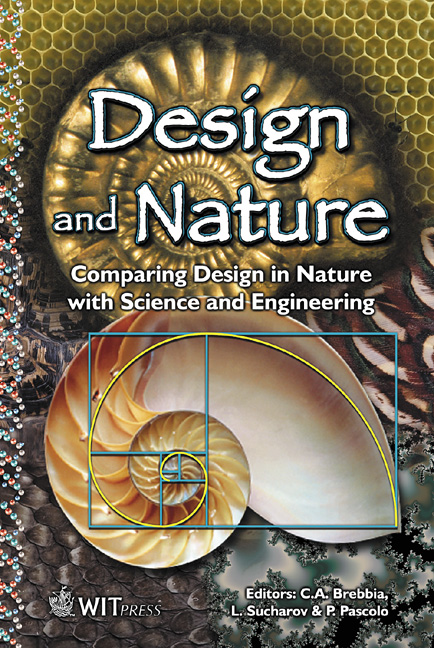Optimal Structural Features In Trees And Their Application In Engineering
Price
Free (open access)
Transaction
Volume
57
Pages
Published
2002
Size
629 kb
Paper DOI
10.2495/DN020011
Copyright
WIT Press
Author(s)
D. Pasini & S. C. Burgess
Abstract
This paper describes how the different optimal structural features improve the structural performance of trees. A case study of some mature trees in the UK has been carried out to give specific examples of structural performance. The paper discusses the extent to which the structural features of trees are used in engineering such as the design of bridges and heavy mechanical equipment. Whilst most of the optimal features are already used to some extent, there is scope for greater use of the features. Glossary Leeward sheltered from the wind. Windward exposed to wind. Tap root: the main root of a plant, running deep into the ground. Sinker root: root penetrating deeply in the soil. Shallow root: superficial root. 1 Introduction The main function of a tree is to develop a canopy of leaves to capture sunlight. In order to support the foliage layer, the tree builds a structure using the least amount of bio-material. The competition with other plants and the change in direction of sunlight during the day, encourages the tree to grow toward the source of natural light. The tree builds a structure which is only sufficiently strong to withstand the forces encountered during its history. The tree contains several different structural features which combine to produce a very efficient overall structure, whose constituent elements are shown in Figure 1. While the foundation
Keywords





